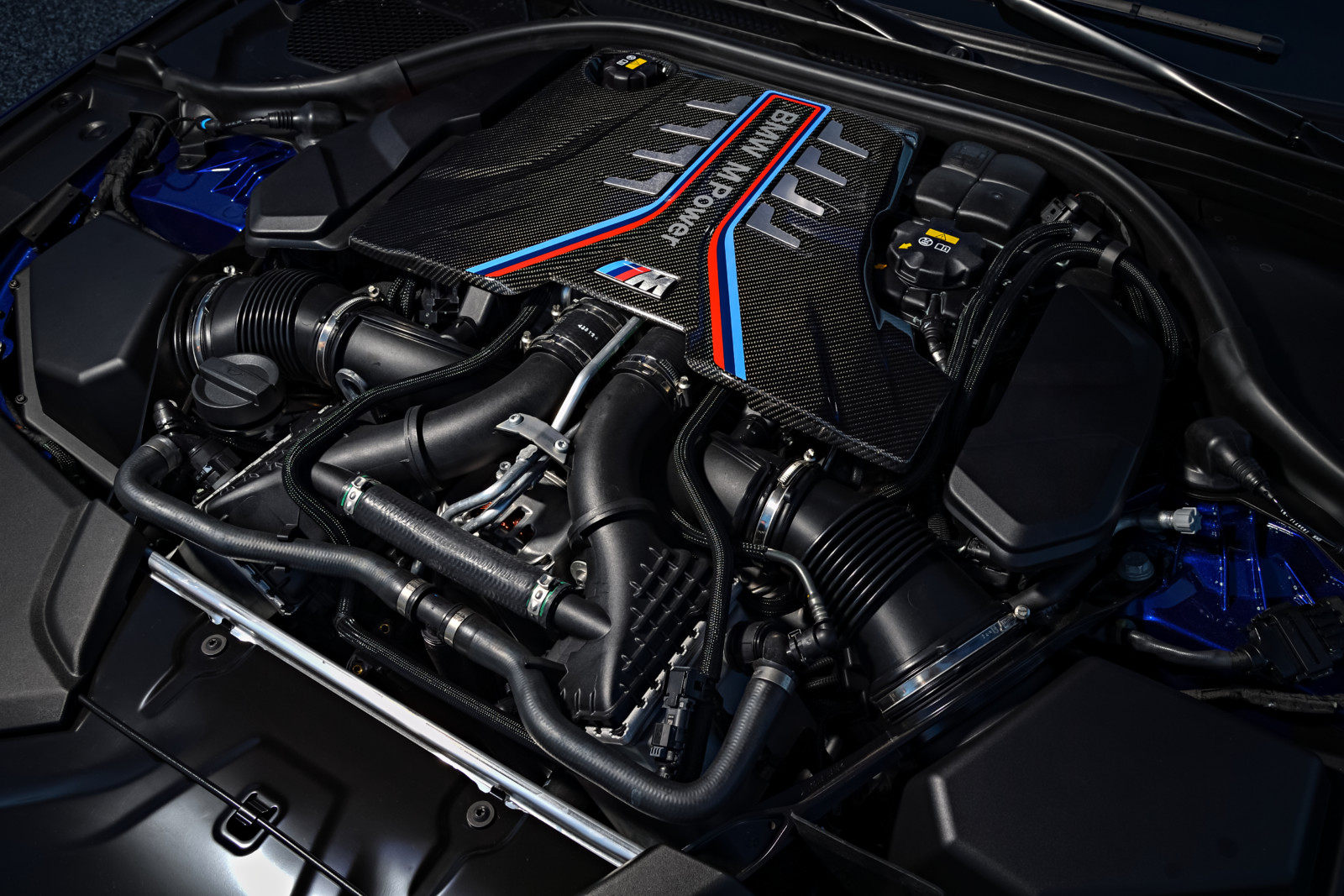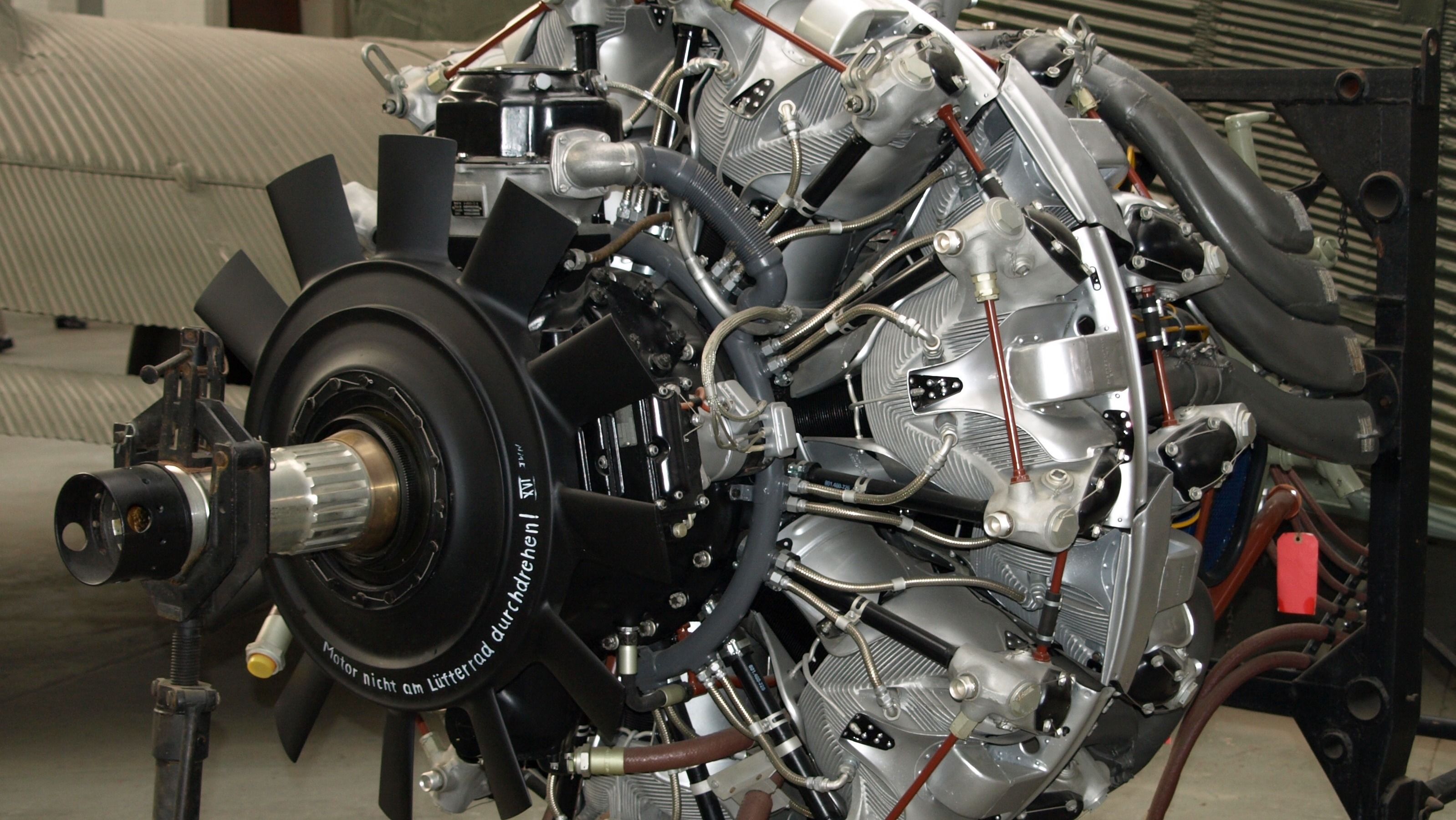A Beginner's Guide to Choosing the Right BMW Engine for Your Needs
A Beginner's Guide to Choosing the Right BMW Engine for Your Needs
Blog Article
Checking Out the Development of Burning Engines in Modern Transport Solutions
As we browse the landscape of modern-day transport, the advancement of burning engines stands as a testimony to human ingenuity and engineering prowess. From their humble beginnings to the sophisticated giants propelling vehicles today, combustion engines have actually gone through an exceptional journey of advancement and adaptation. Understanding the intricacies of this evolution not just clarifies the past however likewise leads the way for envisioning what exists in advance in the realm of transportation modern technology. The interaction of history, technology, and environmental problems in forming the trajectory of combustion engines creates a story that is both insightful and compelling.
Very Early Beginnings of Combustion Engines
How did the principle of combustion engines very first arise in the very early stages of transport growth? The roots of combustion engines can be mapped back to the 17th century when the concepts of internal combustion were initial explored.
The development minute came with the creation of the initial successful gasoline-powered engine by Karl Benz in 1885 - bmw engine. This engine paved the means for the growth of the modern vehicle, changing transport systems worldwide. Subsequent advancements by Nikolaus Otto and Gottlieb Daimler better improved combustion engine technology, causing the automation of autos and the rapid expansion of the transportation market
These early combustion engines were defined by their simplicity and efficiency, laying the foundation for the complex and powerful engines used in contemporary transportation systems. The advancement of combustion engines has contributed fit the way we travel and deliver items, marking a considerable milestone in the background of transportation development.
Change to Internal Burning Technology
The shift to interior combustion technology marked an essential change in the evolution of transport systems. This change began in the late 19th century, with inventors like Nikolaus Otto and Gottlieb Daimler creating the very first successful internal burning engines. These engines transformed transportation by supplying a much more powerful and efficient choice to heavy steam engines and electrical motors.
One of the key benefits of interior combustion engines was their capability to be scaled down to match lorries, causing the development of bikes and vehicles. This change from large, fixed engines to small, mobile ones led the way for the modern-day transportation systems we see today.
The change to interior burning technology additionally spurred innovations in fuel innovation, leading to the advancement of fuel and diesel as main gas sources for automobiles. This change not only made transport more easily accessible to the masses but likewise laid the structure for the oil and gas industry to end up being integral to worldwide economic situations.
Effect of Combustion Engines on Transportation
The adoption of burning engines in transport systems catalyzed a profound shift in the performance and speed of worldwide flexibility. Combustion engines reinvented transport by offering a flexible and trusted source of power for different automobiles, consisting of automobiles, planes, vehicles, and ships. This development substantially enhanced the capacity for items and individuals to move over long ranges in much shorter timespan, resulting in boosted connection in between areas and countries.
Moreover, the prevalent usage of combustion engines has had a significant influence on financial growth. The capacity to transport goods successfully has actually stimulated profession and commerce, enabling companies to expand their markets and reach customers worldwide. This has actually site link promoted financial development and globalization, as products can now be carried quicker and in larger quantities than in the past.
However, the environmental influence of burning engines can not be overlooked. The combustion of nonrenewable fuel sources has actually brought about air pollution and greenhouse gas exhausts, contributing to environment change and positioning health threats to populaces. bmw engine. Consequently, there is an expanding focus on developing different propulsion innovations to reduce these adverse impacts and create an extra sustainable future for transport
Advancements in Combustion Engine Layout
One significant technology is the growth of turbocharged engines, which utilize exhaust gases to drive a wind turbine that compresses incoming air, enabling for more fuel to be burned, resulting in raised power result without a substantial boost in engine size. Variable valve timing systems have actually additionally changed engine layout by maximizing air flow at different engine speeds, boosting both power and performance. These advancements collectively contribute to the continuous renovation of burning engines in contemporary transportation systems.
Future Fads in Burning Engine Advancement
With technology advancements driving continual advancement, the future of combustion engine growth is poised to revolutionize transport systems internationally. One of the key fads in combustion engine development is the press towards better effectiveness and reduced exhausts. Makers are investing greatly in r & d to improve engine performance while satisfying stringent ecological policies. This consists of the combination of innovative fuel injection systems, enhanced turbocharging methods, and the usage of lightweight products to maximize fuel intake and decrease carbon discharges.
An additional noticeable fad is the adoption of hybrid technologies in combustion engines. Crossbreed engines integrate traditional burning innovation with electrical power, supplying improved fuel performance and lower discharges. As the visit this website vehicle industry shifts in the direction of electrification, hybrid combustion engines are seen as a transitional option that links the gap in between conventional cars and completely electrical ones.
In addition, the assimilation of smart technologies, such as expert system and information analytics, is anticipated to play a substantial duty in the future of burning engine growth. These modern technologies can maximize engine efficiency in real-time, bring about extra reliable burning procedures and boosted total automobile efficiency. Accepting these future patterns will not only drive innovation in combustion engine development yet additionally add to a much more sustainable and More hints eco-friendly transport environment.

Verdict
To conclude, the evolution of combustion engines in modern transportation systems has been noted by substantial advancements in technology and design. From the very early starts of burning engines to the change to interior burning innovation, these engines have had a profound influence on transportation. Innovations in burning engine layout proceed to drive development in this field, with future trends concentrating on further boosting performance and minimizing exhausts. The future of combustion engines in transportation looks promising as study and advancement efforts continue to press borders.
The origins of combustion engines can be traced back to the 17th century when the concepts of interior burning were very first explored. These engines changed transport by offering an extra powerful and reliable option to steam engines and electrical motors.

Report this page